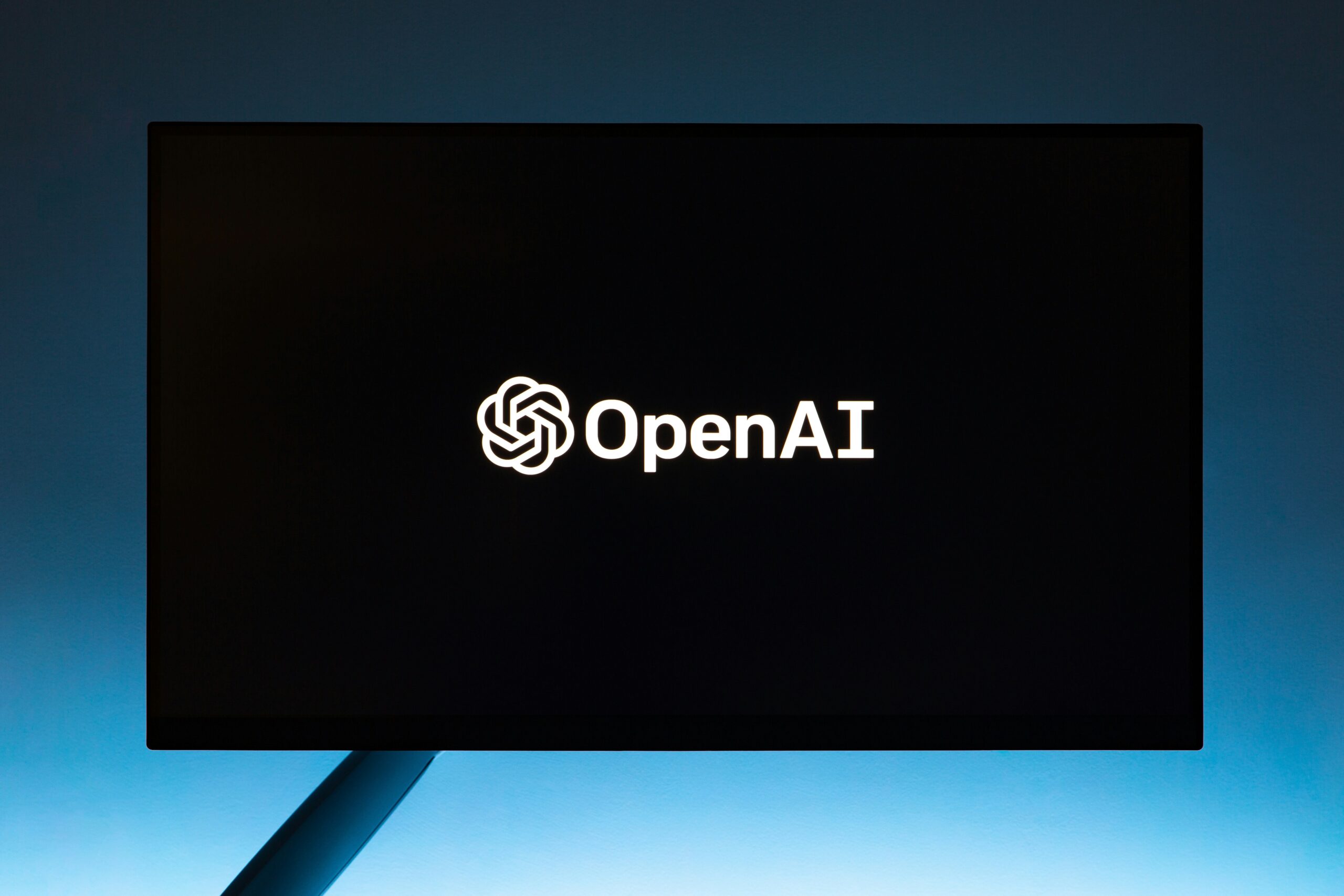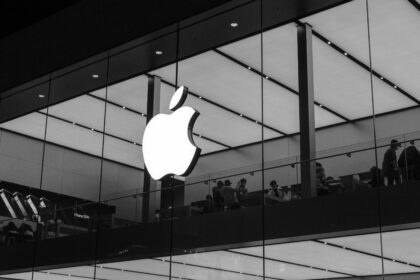OpenAI has taken another bold step to widen the reach of its AI models,this time by partnering with Amazon Web Services (AWS). The collaboration makes OpenAI’s newly launched open-weight reasoning models, comparable in power to its o-series, available on AWS for the first time ever.
The announcement coincided with Amazon’s confirmation that the models are now accessible through its AI services: Amazon Bedrock and SageMaker. This move marks a notable shift for AWS, which until now was best known for supporting Anthropic’s Claude and other third-party AI models like those from Cohere, Mistral, Meta, and DeepSeek.
While developers can still download the new models from Hugging Face, the AWS integration is officially endorsed by OpenAI. Dmitry Pimenov, OpenAI’s product lead, highlighted that the collaboration is fully authorized, similar to how Amazon previously handled open model DeepSeek-R1.
For AWS, this is a significant competitive maneuver. Partnering with OpenAI places the cloud provider in direct contention with Microsoft, OpenAI’s longtime partner and primary cloud host via Azure. Though Microsoft will also offer these new models, optimized for Windows devices, this AWS partnership gives OpenAI another strategic foothold in the cloud wars.
This move comes at a time when AWS has been under increasing pressure to prove its standing in the generative AI race. During Amazon’s recent earnings call, CEO Andy Jassy faced tough questions from Wall Street analysts about AWS’s slower GenAI growth compared to rivals Microsoft and Google.
Even more telling, Oracle recently announced a $30 billion-a-year deal with OpenAI to provide data center services, a deal that exceeds all other cloud-related revenue from OpenAI clients combined. Until now, AWS had been largely left out of OpenAI’s major public partnerships.
However, this partnership may reflect a shift in dynamics. OpenAI’s relationship with Microsoft is reportedly strained, as the two companies renegotiate their long-term agreement. Aligning with AWS, albeit in a limited capacity, could be a strategic play by OpenAI to balance power between cloud giants.
Additionally, the AWS collaboration opens the door for a broader enterprise audience to build and experiment with OpenAI’s advanced models on platforms they already trust.
And it doesn’t stop there. By releasing these models under the permissive Apache 2.0 license, OpenAI is also throwing shade at Meta. While Meta has been a champion of open-sourcing its Llama models, it has suggested it may not open-source future “superintelligence” models, something OpenAI seems more than happy to capitalize on.
In this rapidly evolving AI arms race, OpenAI’s alliance with AWS may be one of its boldest competitive plays yet, reshaping the cloud AI landscape and signaling that it’s ready to partner beyond Microsoft’s shadow.







